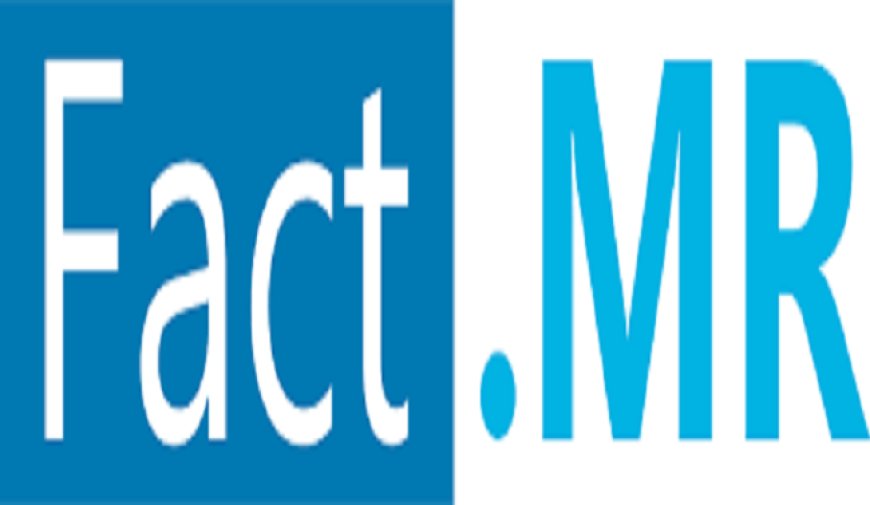Portable Ultrasound: Key for Early Diagnosis and Surgical Guidance
The global portable ultrasound equipment market is likely to grow at a CAGR of 6.8% from 2022 to 2026. From US$2 billion in 2022, the market is likely to reach US$2.6 billion by 2026.

The global portable ultrasound equipment market is likely to grow at a CAGR of 6.8% from 2022 to 2026. From US$2 billion in 2022, the market is likely to reach US$2.6 billion by 2026.
There is an increased demand for portable ultrasound equipment, largely in cardiovascular applications, during the next few years. Growth in heart diseases and the continuous innovations being introduced in ultrasound technology are some of the major factors that drive the market towards better treatment and care of cardiovascular diseases.
Types of Portable Ultrasound Devices
Some of the types included in the portable ultrasound devices market are handheld ultrasound devices and cart/trolley-based ultrasound devices. Handheld ultrasound devices are compact, lightweight, and user-friendly, thus appropriate for point-of-care diagnostics and emergent conditions. Hence, they gain wide acceptance from paramedics and first responders. On the other hand, cart/trolley-based ultrasound devices are larger systems with advanced features that find an application in hospitals, clinics, and specialized medical centers. These devices provide detailed imaging for full assessment.
Market Drivers
The demand for portable ultrasound devices is due to various reasons. The early identification of diseases is the prime factor, as the ultrasound device is one such noninvasive device that images the internal organs to identify diseases at their early stages, such as cancer, heart problems, and endocrine disorders. With increasing age, people's demand for portable diagnostic devices is also increasing. Ultrasound devices play a very significant role in geriatric care. Furthermore, such technological innovations improve image quality and usability, driving market growth. In addition, innovations in wireless connectivity and cloud-based solutions improve access to such devices, facilitating their effectiveness in healthcare provision.
List of Key Companies Profiled in The Report
EchoNous, Inc.
Terason
Verathon, Inc.
Esaote SpA
GE Healthcare
Canon Medical Systems Corporation
Clarius Mobile Health
Mindray Medical International Limited
Samsung Healthcare
Others
Competitive Landscape
Companies manufacturing ultrasound machines may use other methods to improve their market presence and competitiveness. These methods shall include expansion and refinement of product portfolios, innovation in new products, increasing the geographical footprint, and strategic acquisitions of health businesses to improve the products they have in their portfolio, thus attracting more customers.
For instance, in 2021, GE Healthcare launched the Vscan Air, a cordless and pocket-sized point-of-care ultrasound device. This device delivers full-body imaging, high image quality, and user-friendly software in terms of meeting the growing demand for portability and ease of use for diagnostic purposes among healthcare professionals. This type of strategic launch exemplifies concentrated efforts by the industry toward technology advancement and responding to evolving customer demands.
What is the Size of the Market for Portable Ultrasound?
The global portable ultrasound equipment market is valued at US$ 2 billion in 2022 and is projected to reach US$ 2.6 billion by 2026, growing at a CAGR of 6.8%.
Who are the Ultrasound Manufacturers?
The key players manufacturing in the portable ultrasound equipment market are EchoNous, Inc., Terason, Verathon, Inc., Esaote SpA, GE Healthcare, Canon Medical Systems Corporation, Clarius Mobile Health, Mindray Medical International Limited, and Samsung Healthcare.
What is a Portable Ultrasound Machine Used for?
They are mainly used for non-invasive imaging of the internal organs and diagnosing diseases like cancer, heart diseases, endocrine disorders, cardio-vascular assessment, radiology, gynecology, musculoskeletal, and gastrointestinal examination. They are also very helpful in point-of-care diagnostics, especially in emergency situations and during routine health screenings among patients with mobility problems.












